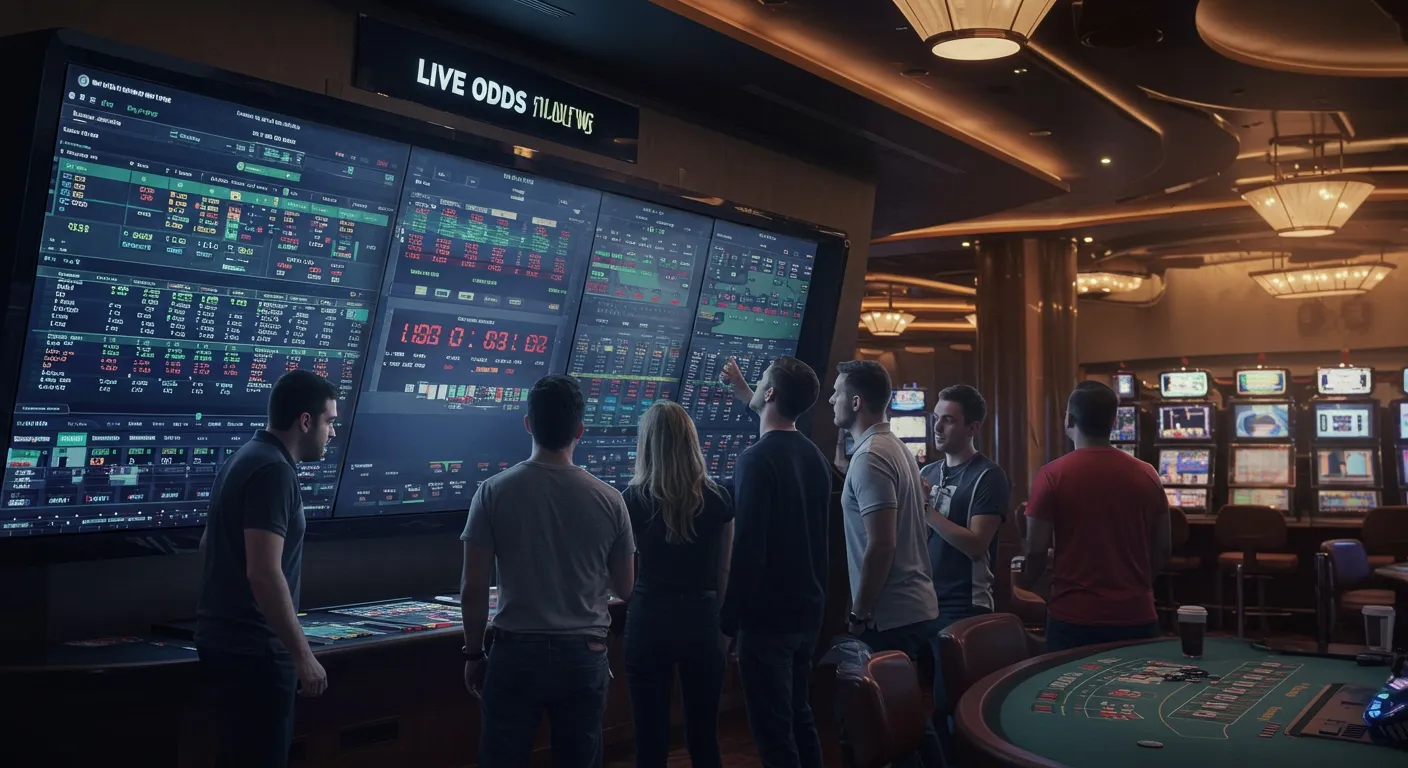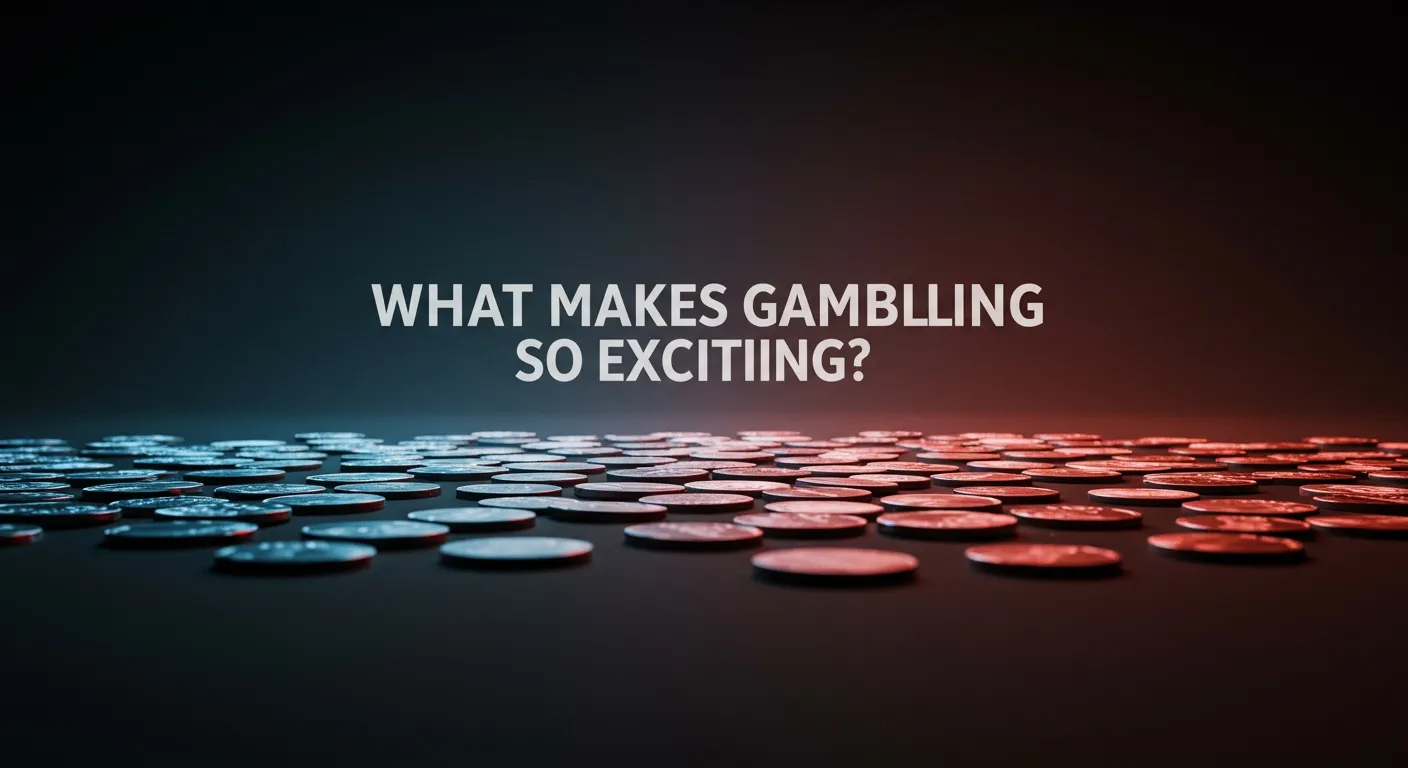Bringing together digital marketing management and exhibition marketing management may sound like two different worlds, yet they share a common goal: engaging audiences and driving results. Through years of guiding brands in both online campaigns and live events, I’ve seen firsthand how these disciplines intersect. When handled strategically, the insights gained online can amplify event success, and the energy of face-to-face interactions can enrich digital campaigns. Today, let’s explore how mastering both realms can elevate your marketing efforts.
Understanding Digital Marketing Management
Digital marketing management involves orchestrating a range of online activities—from search engine optimization to social media engagement—to attract, nurture, and convert prospects. It’s more than scheduling posts or buying ads; it requires a holistic view of your audience’s journey. By analyzing web traffic patterns, content performance, and customer feedback, a seasoned professional tailors messaging to resonate at each stage. Effective digital marketing thrives on continuous refinement, ensuring campaigns evolve with shifting behaviors and emerging channels. When you partner with experts in digital marketing management, you tap into strategic planning, data-driven decisions, and creative storytelling that keeps your brand top of mind.
Exploring Exhibition Marketing Management
Exhibition marketing management focuses on face-to-face engagement in physical spaces such as trade shows and conferences. Behind the scenes, it involves careful planning of booth design, staff training, lead capture processes, and post-event follow-up. A successful exhibition manager understands that attendees crave authentic interactions, meaningful demonstrations, and a seamless experience from the moment they step onto the show floor. That hands-on connection not only builds trust but also yields rich qualitative insights into customer pain points and preferences. An experienced partner in exhibition marketing management ensures every detail—from promotional materials to traffic-driving tactics—works in harmony to create memorable brand experiences.
How Online Insights Enhance Live Events
Data gathered through digital marketing management can inform every aspect of exhibition planning. For example, website analytics may reveal which product pages generate the most interest. Armed with that knowledge, you can highlight those offerings with dedicated demos or display spaces at your next trade show. Social listening tools might uncover trending pain points or emerging needs, guiding your exhibit’s messaging and interactive elements. Furthermore, retargeting campaigns can pre-warm prospects before the event, increasing booth visits. In my work with a tech startup, leveraging these insights led to a 40 percent jump in qualified leads at their first major conference.
How Events Fuel Digital Campaigns
Conversely, exhibition marketing management delivers authentic content for digital channels. Captivating moments from your booth—whether a product unveiling, customer testimonial, or live demonstration—translate beautifully into blog posts, video snippets, and social media highlights. This dynamic content lends credibility and freshness to your digital marketing efforts, driving higher engagement than stock photos or generic graphics. After a recent healthcare expo, one client saw their blog traffic surge when we shared behind-the-scenes interviews with industry experts captured at their booth. By bridging the digital and physical, brands maintain momentum and cultivate a broader online audience long after the exhibition ends.
Streamlining Collaboration Between Teams
For seamless integration, digital and event teams must work hand in hand from the outset. Shared communication channels, joint planning sessions, and unified KPIs ensure that online promotions and event tactics reinforce each other. In practice, this might look like coordinating email drip campaigns to coincide with event registration deadlines or synchronizing hashtag strategies across both online ads and booth signage. In my experience, clients who establish these collaborative workflows see smoother execution and stronger ROI because every marketing touchpoint feels part of the same narrative.
Overcoming Common Challenges
Aligning digital marketing management with exhibition marketing management does present hurdles. Timing is critical: digital campaigns often require weeks of optimization before they yield measurable results, while trade shows demand upfront logistics and material production. Budget allocation can become a tug-of-war between online ad spend and booth investment. The key is transparency and flexibility. By forecasting timelines together and reallocating funds based on performance data, teams can pivot quickly. When a software company I advised realized their paid search campaigns were outperforming social ads, we shifted resources to boost pre-event search visibility, driving record booth traffic.
Measuring Success Across Channels
A unified measurement framework helps quantify the impact of both digital and exhibition efforts. Online, metrics such as click-through rates, cost per lead, and conversion paths indicate campaign health. At events, lead capture rates, interaction duration, and follow-up conversion percentages reveal booth performance. Integrating these data points within a centralized dashboard offers a panoramic view of the customer lifecycle. For one consumer-goods brand, consolidating analytics revealed that leads who attended live demos converted at twice the rate of those sourced purely online, justifying increased investment in interactive exhibition features.
Crafting a Cohesive Brand Experience
Consistency in messaging and design across digital ads, emails, booth graphics, and promotional giveaways reinforces brand identity. Prospects should recognize your visual and verbal cues whether they encounter you on LinkedIn or at a conference hallway. By establishing clear brand guidelines and asset libraries, teams maintain cohesion without sacrificing creativity. I recall an event where fragmented branding left attendees confused about the company’s value proposition. After we standardized key visuals and slogans, both the digital engagement rates and on-site lead quality improved markedly.
Looking Ahead: Trends to Watch
Emerging technologies promise deeper integration between digital marketing management and exhibition marketing management. Augmented reality can augment booth experiences while generating shareable digital content. AI-powered chatbots on event apps extend your team’s reach to follow up with attendees instantly. Virtual reality enable remote prospects to experience product demonstrations online, blurring the line between physical and digital attendance. Staying ahead of these trends ensures your strategies remain fresh and engaging, no matter where prospects choose to interact.
Conclusion
When digital and exhibition marketing management operate as a unified strategy, brands unlock richer insights, greater engagement, and stronger ROI. By sharing data, synchronizing campaigns, and maintaining consistent branding, organizations craft experiences that resonate both online and in person. Whether you’re optimizing paid search campaigns or designing a show-stopping booth, the synergy between these disciplines creates a powerful engine for growth. Embracing this integrated approach will keep your marketing ahead of the curve, ensuring you meet prospects wherever they are—on screen or on the show floor.







